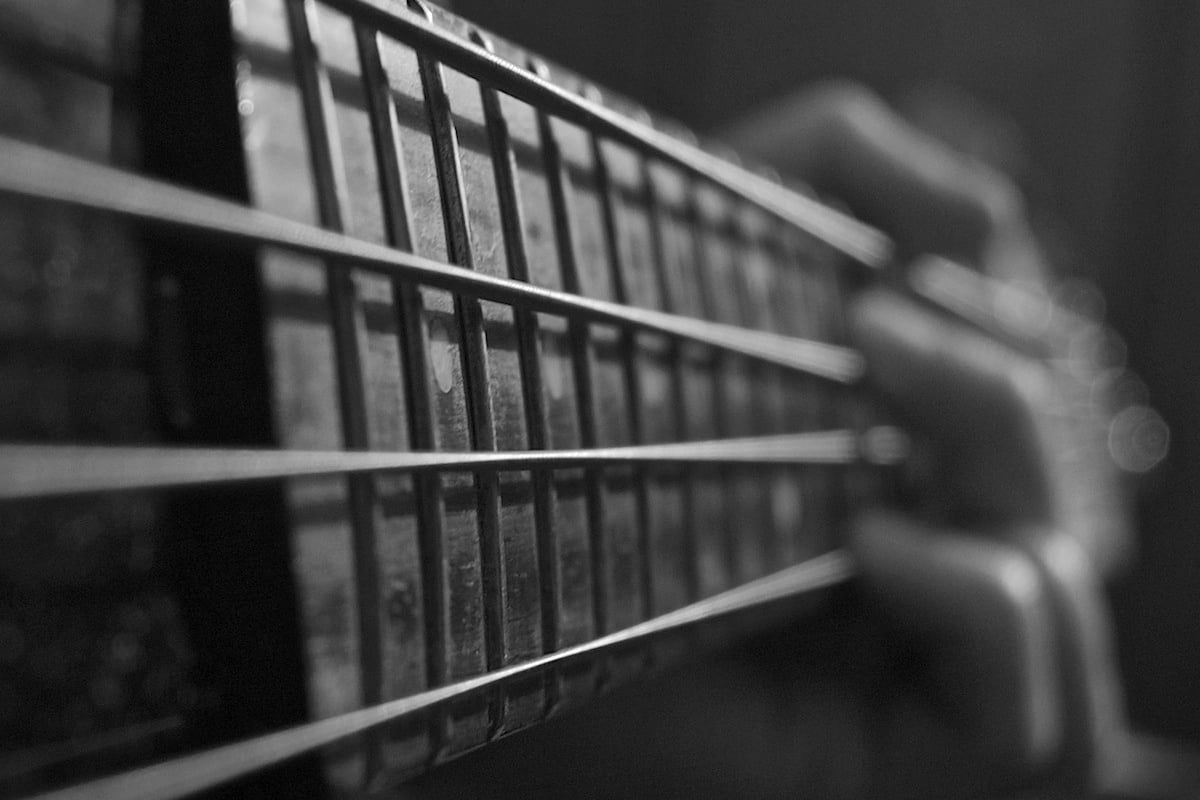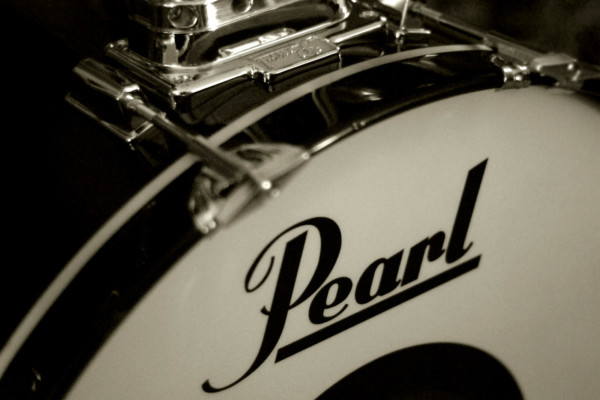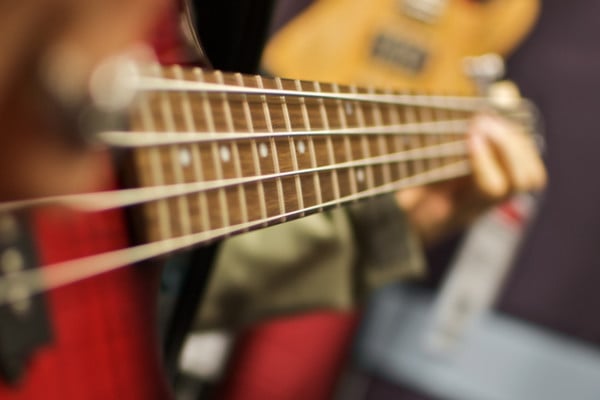How High Should I Set My Bass Strings?

Q: What’s your take on string height? For over a decade, I’ve subscribed to Anthony Jackson’s view that the neck must be as flat/straight as possible and the strings as low as possible. And while I’ve spent as much time refining a light touch, I sometimes wonder if I’m spending too much time worrying about my touch and how much noise is being produced. What’s your take?
A: I believe that Anthony has very specific reasons for his preferences revolving around “purity of the sound,” but everyone has their own preference – sometimes based on feel, sometimes based on tone, and for many of us, a combination of both. I’ve tried high action, incredibly low action and just about everything in between. Here’s my take…
I love how fast the neck feels with very low action. However, I feel that it limits what I can do sonically with the instrument because you can only play with a very light touch, therefore your dynamic range is limited. This works for a lot of players if they only play one style, but, like many of us, I might play five different genres in a week, so I need some versatility.
My preference is to have my action as low as can be without fretting out if I pluck very hard. I usually say, “when the notes spike,” but it’s really just the string vibrating further than the fretboard will allow, effectively squashing the note and sustain. I’m on the road currently and don’t have the means to measure accurately but I’d guess that my action is about ¼″ or so at the 12th fret.
Since raising my action (it was really low earlier in my development), I’ve found that my sonic palette increased exponentially. I have a much wider range of tones available to me and I feel that the sound is generally richer and more nuanced because of it.
I also prefer very close to straight necks. I usually go for a slight forward bow at about the 5th fret but just enough to notice, nothing drastic. I gauge this by holding my bass up to my face (with my face near the end pin), holding down my lowest string against the highest fret and looking straight down that string. You can use that string as your straight line guide and see how the fretboard bows (or doesn’t) against that.
If you decide to adjust your own action, do it in small increments; about a one-fourth to one-half turn of the truss rod at a time (err on the ¼ side of things). Let it live like that for a day before adjusting more. It takes time to settle. If you’re unsure of how to adjust the truss rod, have a professional do your set-up. You do not want to strip that puppy. For general FYI purposes, though, every bass I’ve ever had was a lefty-loosey, righty-tighty kind of set up. Meaning, that if you turn the truss clockwise (to the right), you will bow the neck back, thereby bringing the strings closer to the fretboard (“tighty” in my little rhyme). Be sure to do some research online on how to adjust your specific brand of bass before you do this.
Also, while you’re tweaking things, make sure that each string is about the same height away from the fretboard. I usually use the end of the fretboard as the guide, making micro-adjustments to the action at the bridge in order to make things consistent across the board.
I also adjust my pickups so that they are about ⅜″ – ½″ below my strings. I know that there are sweet spots with regard to distance and the magnets in the pickups that will maximize the tone across the board but I have no idea where that is. I just know how I like it to feel under my fingers and I like the way my basses sound, so I don’t worry too much about it.
There is a plethora of solid search results if you need to search anything with regard to setting up your instrument (including here at No Treble). Just take your time and don’t overdo anything, experiment with feel and sound and, when in doubt, pay to have somebody do it for you.
Happy exploring!
Readers, what is your approach? I’d love to read your thoughts. Please post in the comments below.
Have a question for Damian Erskine? Send it to [email protected]. Check out Damian’s instructional books, Right Hand Drive and The Improviser’s Path.




I think it is very useful for players of any instrument to understand how that instrument works well enough to do setup and repairs for most things. The only thing I won’t try on my bass is new frets.
I too believe you should have the knowledge to setup your own bass. I experimented with string height for a while before settling in on a comfortable height for me.
With 17 basses currently in my collection, I am kept busy between gigs making sure everything is to “my specs.” But it does make a big difference when you are playing a bass you love the feel of.